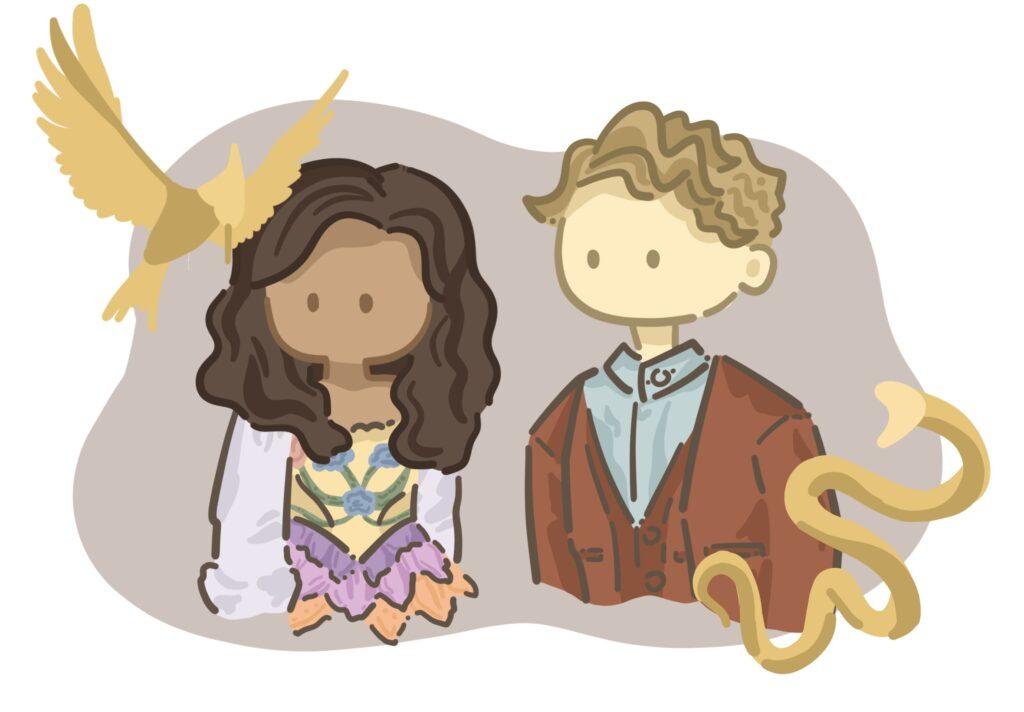Released and popularized in the beginning of the 2010s, “The Hunger Games” is a series of four movies set in a dystopian world where children fight to the death to entertain the Capital’s citizens. The society’s extreme wealth inequality draws unsettling parallels to our modern world.
“The Ballad of Songbird and Snakes,” the newly released prequel to the first four “The Hunger Games” movies, set 64 years before the 74th Hunger Games with Katniss, is directed by Francis Lawrence and powerfully portrays a complex cast of characters.
What makes this story such a successful prequel is a combination of strong scriptwriting, theatrical elements and realistic Computer Generated Imagery.
The author of the series, Suzanne Collins, wrote this prequel to expand on the horrible dictator from the main Hunger Games trilogy, Coriolanus Snow. It gives insight into his backstory and how it shaped the Snow seen by audiences in the series.
The movie humanizes Snow through his constant concern, love and mentorship for Lucy Gray, a female tribute from District 12. In contrast, the book focuses more on his sociopathic and immoral thoughts, which stretch from believing he could own a woman to lacking empathy for those facing poverty.
Tom Blyth, the actor who plays Snow, captures the essence of his thoughts as he battles between ambition and love through his spectacular control of emotion, voice and expression. Even though we don’t hear his thoughts, his mannerisms, such as the inflection of his voice and the way he carries himself, help portray the sadistic, self serving nature of his character.
The movie also has a strong storyline with many engaging sub-plots and lovable side characters, such as Wovey, a tribute from District 8, and Sejanus, a friend of Snow, to keep the movie exciting and full of suspense. This, for us, marks good writing because the lines were all in character and many held double meanings. Not a single word is wasted in the screenplay, and the strong plot kept the audience engaged for the entirety of the over 2.5-hour run.
The music — specifically the singing by Rachel Zegler, who played the main character Lucy Gray Baird — is absolutely magical. While the original Hunger Games franchise didn’t have much singing or music, this movie has multiple songs that highlight the scenes, making it all the more cinematic.
Like the book it was based on, the movie is divided into three parts, marking clear transitions and shifts both between and within characters. It also shows all spheres of life in this fictional world: Capital life, the Hunger Games themselves and the districts and world beyond. This adds even more versatility to the movie by highlighting deeper themes, such as the consequences of extreme ambition and wealth inequality.
Not only is the movie itself good, but the parallels it draws to the previous Hunger Games movies and the discourse surrounding it on social media make it even more exciting, as you are invited into a world of book and movie nerds who would love to discuss the characters and themes in the movie with you.
While viewer discretion is advised because there is a lot of gore, this movie is well worth watching. Rather than riding off the success of previous movies, this movie stands on its own merit through skillful stylistic choices.



























